Jasmine tea has a history of over 1,000 years. The ingenious working people combined flowers with Tea to create this widely loved reprocessed tea.
Many famous intellectuals have fallen in love with jasmine tea. For example, Eileen Chang wrote a novella titled “Jasmine Scented Tea,” which is indeed referring to jasmine tea.
The writer Lao She was on good terms with Bing Xin. It is said that Lao She often visited Bing Xin's home, largely because Bing Xin's hometown was renowned for its jasmine tea, and he could always enjoy some tea there.
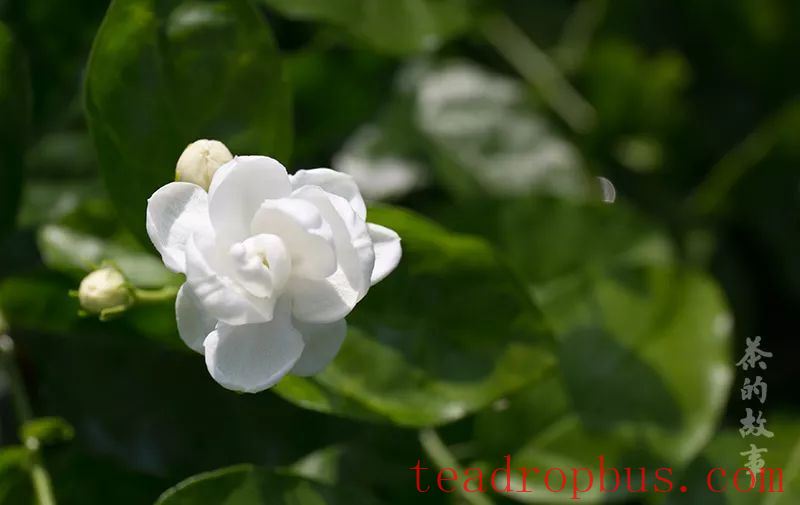
Among various floral teas, jasmine tea has a restrained and subtle fragrance. Its aroma is fragrant but not overpowering, refreshing yet not turbid, invigorating the spirit. Taking a sip seems to unleash the full fragrance of summer in one's mouth, making one want to take another few sips to let the floral aroma seep into one's bones.
Jasmine tea can beautify the complexion and strengthen the spleen while reducing dampness. Jasmine tea combines the benefits of both flowers and tea, such as dispelling cold, aiding yang, soothing the liver, and relieving depression. For office workers, women, and the elderly, it serves as a remedy for calming emotions and nurturing the mind and spirit.
Jasmine tea, for beauty and temperament
In jasmine, there is a component called jasmine ketone that plays a role in beautifying the appearance.
Jasmine ketone is a naturally synthesized ketone by the jasmine flower itself, having effects that improve and nourish the skin, and is an important ingredient in many cosmetics.
The fragrant components of jasmine have the effect of smoothing qi and lifting depression, capable of alleviating psychological illnesses such as depression and anxiety.
The polyphenols found abundantly in Green Tea act as “preservatives for the human body,” possessing excellent antioxidant properties that can delay aging; Theanine in tea also has the effect of improving focus and alleviating stress.
Jasmine tea, made by blending green tea with jasmine flowers, is a remedy that both beautifies and dispels melancholy.
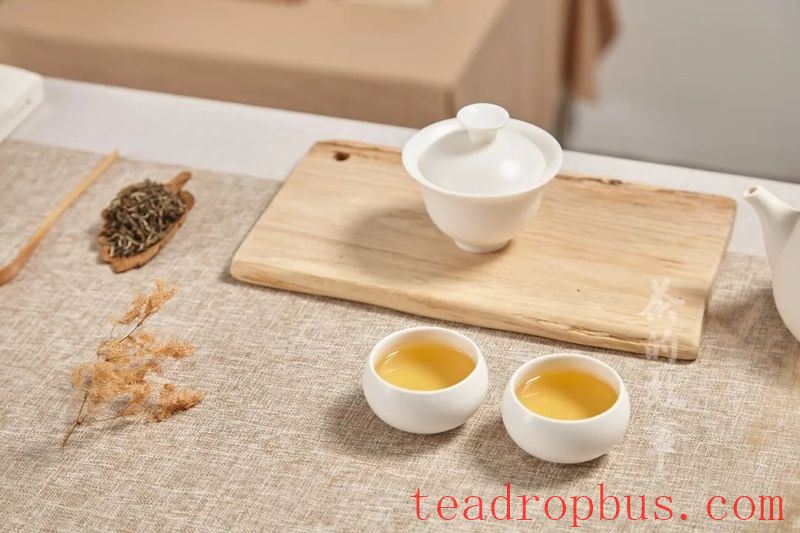
The Heavenly Fragrance of Jasmine, Bodhi Falls from the Sacred Tree
The Song Dynasty's “Record of San Shan” states: “This flower, Jasmium, is unique to Fujian Province. It blooms in summer, white and wonderfully fragrant. In local dialect, it is called ‘Jasmium.'”
Jasmium, or Jasmile, although now everyone refers to it as jasmine.
From May to August is the season when jasmine flowers bloom. Whenever strolling through ancient towns and old streets and encountering a household whose courtyard is filled with jasmine, one would often pause for a long time, lightly inhaling the floral scent, reluctant to leave.
White jasmine flowers may not be striking in appearance, but their fragrance is sufficient to outshine other fragrant flowers. Currently, the vast majority of daily-use perfumes in the world inevitably contain the scent of jasmine.
The Capital of Jasmine in China – Fuzhou, Fujian
For jasmine tea, the jasmine flowers are crucial. This jasmine tea uses jasmine flowers produced in Fuzhou, known as the “Capital of Jasmine in China.”
Fuzhou, Fujian, has a suitable climate, warm and humid, with ample sunlight, abundant rainfall, and loose, fertile soil, providing an ideal environment for the growth of jasmine flowers.
As early as the Han Dynasty, jasmine flowers were introduced to Fuzhou via the Silk Road and were widely cultivated there, successfully taking root.
During the Northern Song Dynasty, jasmine tea was born. In the Qing Dynasty, Empress Dowager Cixi had a special fondness for jasmine flowers, so Fuzhou jasmine tea became tribute tea, used for receiving foreign envoys or as gifts.
During the decades that Empress Dowager Cixi held power, jasmine was once considered the “national flower.”
In modern times, the jasmine and green tea produced in Fujian are of superior quality. The people of Fujian have long mastered the entire process of growing jasmine, cultivating green tea, producing green tea, and blending jasmine tea.
The “Fujian jasmine tea” produced through blending has excellent quality, fragrant and rich, once dominating the market both domestically and overseas. It was sold in various parts of the country and exported to more than 40 countries and regions, with production and export volumes ranking among the top in the country, widely favored by consumers.
Taking a cup of Fuzhou jasmine tea is a rare pleasure for tea drinkers.
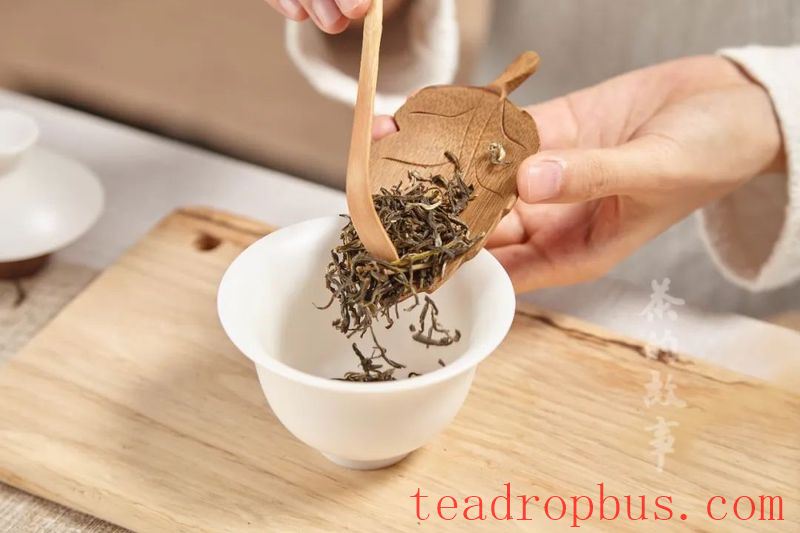
Fuzhou Jasmine Tea, Fresh and Ethereal Aroma
The name “Fuzhou jasmine tea” comes entirely from “Fuzhou flower,” which is what the locals in Fuzhou call the Guangdong double-petal variety and the Taiwan single-petal variety.
Compared to jasmine tea from other places, Fuzhou jasmine tea has a fresher and more ethereal fragrance, and its aroma still lingers after two or three infusions, with the liquor remaining a clear apricot color.
Once infused with hot water, the fragrance of jasmine fills the room. Take a sip, and the sweetness of the tea stimulates saliva, offering a unique “rock sugar sweetness” that is sweet and moist in the throat, making it delightfully sweet; the fresh and ethereal floral aroma is like a gentle breeze, without being overly strong.
The Art of brewing Tea
Glass Cup Brewing: Use water at about 90°C, warm the cup, then add the jasmine tea before pouring in the water. After pouring, hold the bottom of the cup with one hand and support the cup with the other, gently tilting and rotating the cup clockwise for about 30 seconds to allow the tea leaves to absorb moisture further, enabling you to smell the sweet fragrance throughout the room.
Covered Bowl Brewing: When brewing jasmine tea with a covered bowl, you can use the “low-medium-high” pouring method, pouring low for the first infusion, medium for the second, and high for the third. Generally, pour water until the bowl is about eight-tenths full. This way of brewing jasmine tea allows the floral fragrance to waft and the taste to be fresh and refreshing.
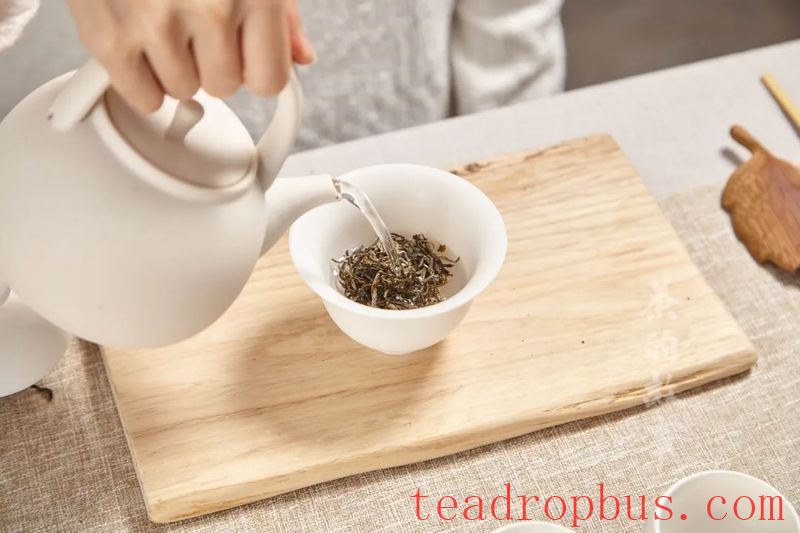
Jasmine, Symbol of Love and Friendship
Jasmine flowers are pure, rich, fragrant, and lasting. Their floral language represents love and friendship.
Jasmine, jasmine, do not part, do not let the sorrows of the world part us, but retain the beauty. The homophonic “do not part” of jasmine is endearing, “if you receive this jasmine, please do not part,” holding the true meaning of “never parting even when grey-haired.”
Savor a cup of new jasmine tea, drinking not only a cup of clear freshness and lingering fragrance, but also an attitude towards health preservation, and hiding a natural secret of nourishment.
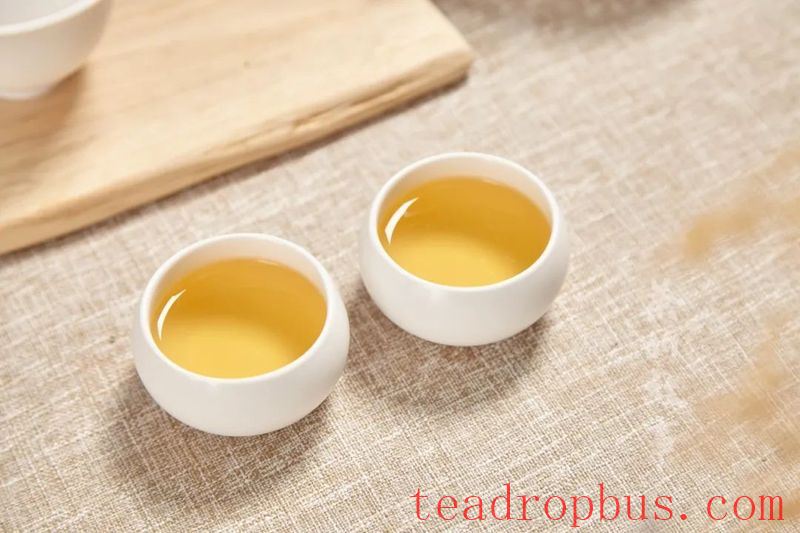
Information is valuable when shared. If there are any copyright issues, please contact us for removal.